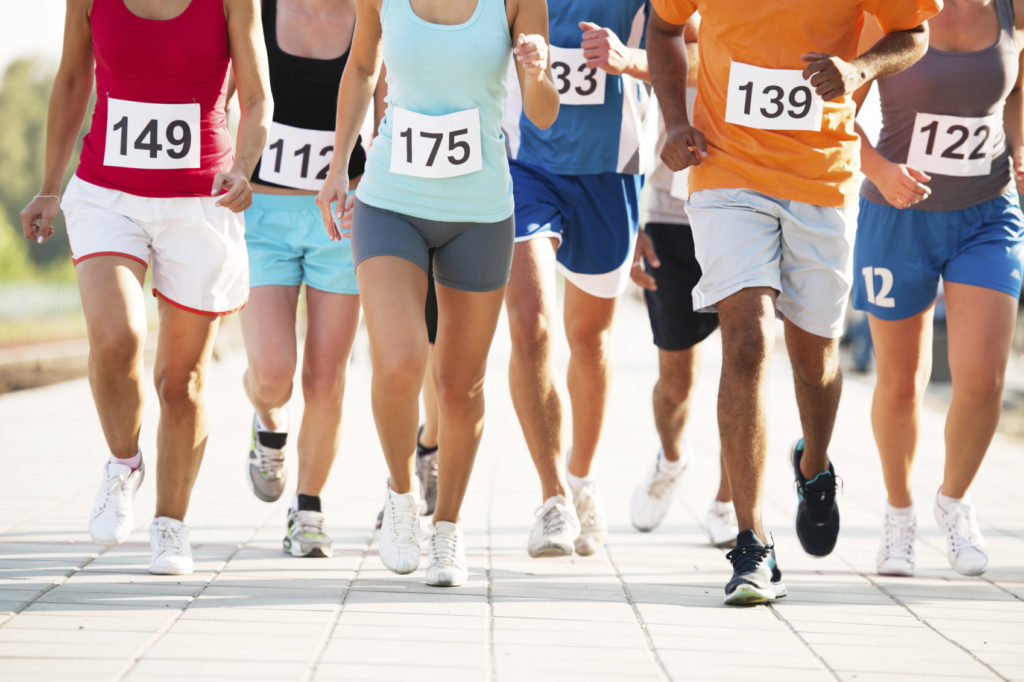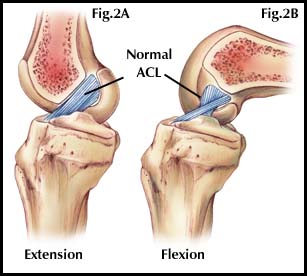Written by Jon on January 21, 2015 |

It’s the start of a new year and many people have made a resolution to get into better shape. Often times, this means making an effort to exercise more including jogging or running. Some people may even have plans to run in a half or full marathon this year. But, before you hit the road and start training, be sure to get the right footwear. Otherwise, you may find your training cut short by painful symptoms or injury.
There are many factors to consider when looking for the best running shoes that will fit your needs. First, where do you intend to run? Will it be on a more consistent type of surface like a treadmill, on pavement, or on a track? Or, will it be on dirt trails with sand, gravel, etc.? Get the shoes which are better suited for the places you plan to run. Another very important aspect to understand is the arch of your foot. The shape of your arch will determine the type of running shoe that will give you the most appropriate support. If you have a flat foot and tend to “over pronate” (i.e.- roll to the inside), then a “stability shoe” may be recommended. Conversely, if you have a higher than normal arch and your foot is “supinated”, then a shoe with more cushioning may be required.
When you’re ready to go into a store to buy your shoes, keep a few other things in mind. To ensure a proper fit, shop for shoes at the end of the day. Your feet swell during the day (and while running), therefore, trying on shoes later in the day will give you the best fit. Also, have your foot measured since your shoe size can change as you age. It is typically recommended to get running shoes a half-size or even a full size larger to allow proper room for the foot. Bring the socks you wear for running and any insoles or orthotics you use when trying on shoes. Try on several pairs of shoes to really get a sense of what feels good to you. Finally, take your shoes for a test drive by actually running in the store or outside.
Now that you have the right shoes, plan on replacing them about every 400 miles. If you run almost everyday, consider getting two pairs. Running shoes may need a day to decompress and dry out after a longer run, so you can alternate on a day to day basis. By getting the proper footwear, you can help avoid injuries and keep your training on track!
 It is already 1 month into the New Year and you are still having trouble starting your New Year’s resolution to start a fitness program and get in shape….. but where to start? Becoming more physically fit is great for anyone’s health, but preventing injury while doing it is equally important. Here are a number of steps to take to get started and prevent injury.
It is already 1 month into the New Year and you are still having trouble starting your New Year’s resolution to start a fitness program and get in shape….. but where to start? Becoming more physically fit is great for anyone’s health, but preventing injury while doing it is equally important. Here are a number of steps to take to get started and prevent injury.





 As discussed in the
As discussed in the 

 As a physical therapist, I often interact with patients who on their initial visit will comment, “I need exercises for my back” or “I just need to get my back stronger.” Although exercise and increased strength are vital in low back health, a common misconception is that low back pain is a homogenous entity, essentially the same from one individual to the next. I frequently use the analogy of a patient with chest pain being seen in the Emergency Room. If every patient that was seen for chest pain were treated for a heart attack, how successful would that treatment be? How would the patient with gastric reflux or a collapsed lung respond to medications, or even surgery, to treat blockage of the arteries of the heart? Obviously, the answer is “not very well.” As we expect physicians to realize that there are many different causes (and treatments) for chest pain, physical therapists also are increasingly aware that not all back pain responds favorably to the same treatment techniques or exercise.
As a physical therapist, I often interact with patients who on their initial visit will comment, “I need exercises for my back” or “I just need to get my back stronger.” Although exercise and increased strength are vital in low back health, a common misconception is that low back pain is a homogenous entity, essentially the same from one individual to the next. I frequently use the analogy of a patient with chest pain being seen in the Emergency Room. If every patient that was seen for chest pain were treated for a heart attack, how successful would that treatment be? How would the patient with gastric reflux or a collapsed lung respond to medications, or even surgery, to treat blockage of the arteries of the heart? Obviously, the answer is “not very well.” As we expect physicians to realize that there are many different causes (and treatments) for chest pain, physical therapists also are increasingly aware that not all back pain responds favorably to the same treatment techniques or exercise.